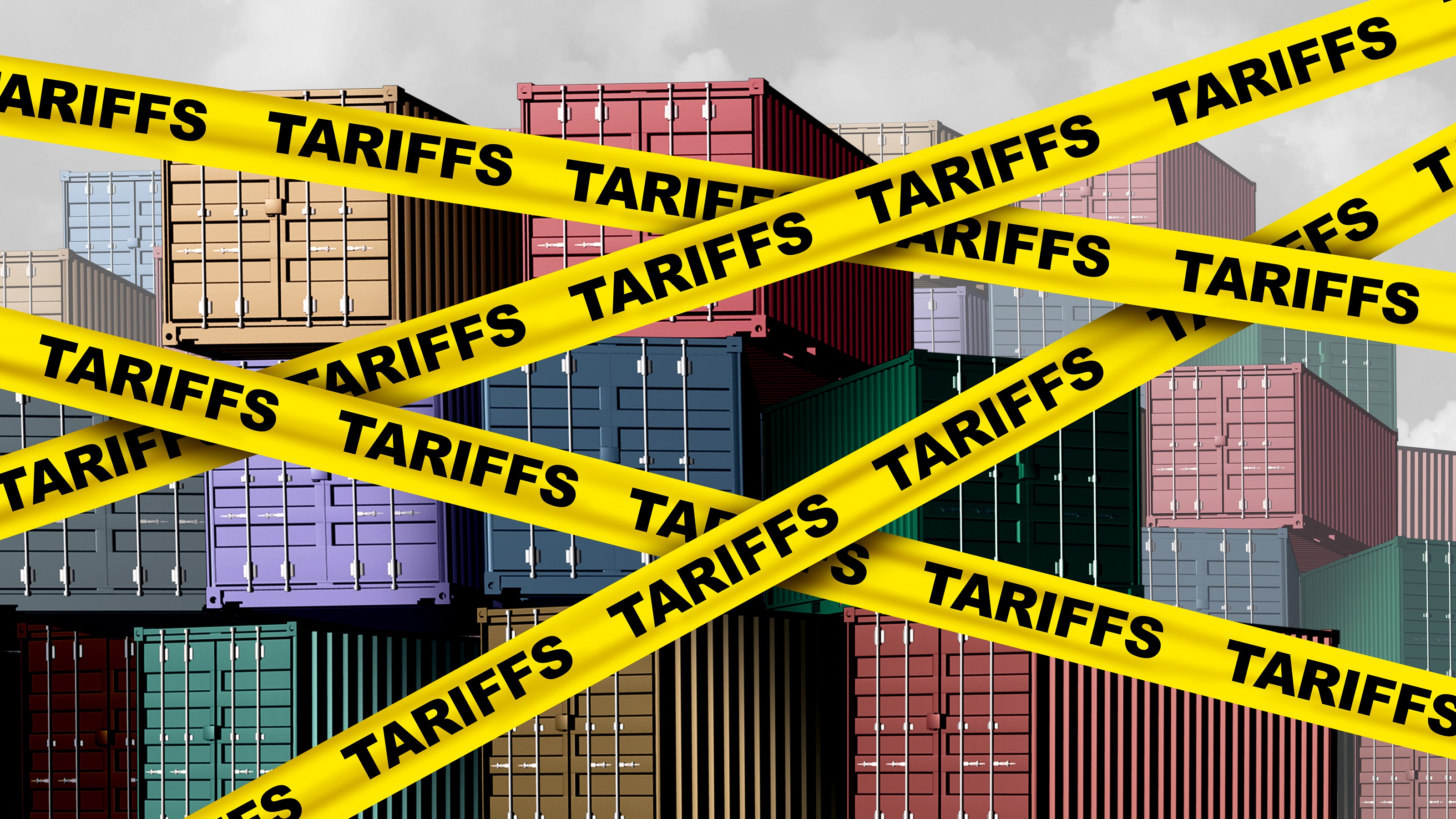Five Ways to Approach Impact Investing
Impact investing goes beyond your usual checkbook charity by focusing on measurable social and environmental impact as well as a financial return.

If you’re passionate about social impact and asking what you can do beyond making charitable gifts and volunteering, there’s a world of opportunity. The capital you invest for positive financial returns can also generate positive social returns, amplifying the mark you can make.
Whether you care about climate, medical innovation, women’s rights, economic prosperity or something else, there is likely an impact investment that would complement and enhance your philanthropy. The number of people making impact investments has grown significantly over the past 10 years, topping $1 trillion worldwide, according to the GIIN (Global Impact Investing Network).
In simple terms, an impact investment aims to deliver both positive, measurable social and environmental impact and a financial return. Increasingly, impact investing opportunities have grown in number and popularity across asset classes and strategies. What once was a more niche tool has gone fully mainstream, offering opportunities for the “impact curious” as well as seasoned impact investors.

Sign up for Kiplinger’s Free E-Newsletters
Profit and prosper with the best of expert advice on investing, taxes, retirement, personal finance and more - straight to your e-mail.
Profit and prosper with the best of expert advice - straight to your e-mail.
What’s more, you can make these investments out of your profit-generating investment accounts or charitable assets — a donor-advised fund (DAF) or the corpus of a foundation — ensuring that all your assets are working toward positive social impact.
Here are five essential ways to approach impact investing:
1. Seek clarity on risks and rewards.
As with any wise investment, know what you’re getting yourself into. Ask yourself: Is this a solid investment, not only for me but for all parties to the transaction? Can I afford to lose this capital? If the investment fails, what are the consequences? And ensure you are also clear about the kind of social or environmental impact the investment is likely to have.
Ask yourself: How significant is that impact? To what extent might there be some trade-off between social impact and financial returns? How ready am I to accept that trade-off?
Some impact investors may choose to accept some below-market-rate returns in exchange for a greater social impact, but most are seeking competitive market-rate returns and are increasingly seeing their expectations met.
2. Know what you own.
This is perhaps the most important mantra for investors, particularly impact investors. Every investment in a company or fund inherently has an impact — whether through the type of goods a company creates, the practices of its board and management, the nature of its supply chain or how it treats employees. The question every investor can consider is whether that impact aligns with their personal values, aspirations or charitable goals.
If you have a charitable foundation or fund that makes grants to combat climate change, for example, are your investments undermining that work? Take a close look at your portfolio. You may be surprised by what you find — good or bad.
3. Widen your aperture.
People often conflate impact investments with ESG. While managing a stock portfolio full of publicly traded companies reporting positive environmental, social and governance metrics is one type of impact investing, there are other direct investments with different types of impact profiles, time horizons or liquidity.
You can help a nonprofit, or other enterprise that meets your values, to bridge a cash flow gap by making a loan on mutually reasonable terms. There’s a burgeoning field of impact-oriented venture capital, helping to finance early-stage social enterprises that focus on a host of impactful issues ranging from healthy food products to remote health care tech to employing people left out of the traditional job market.
In addition, some impact investors offer guarantees that involve them essentially co-signing a loan (or group of loans) to de-risk the transaction, thereby reducing the interest rate or allowing the borrower to qualify for the loan.
4. Listen.
Ask the people doing the work what they need and what would be most helpful to them. They may have a better sense of what will generate a real impact than investors who are more distant from the issue.
For example, if you care about workforce development for youth in low-income neighborhoods, it may be that providing loan guarantees for the purchase of a community training center may dramatically accelerate a workforce development organization’s sustainability and scale. That might even have a greater long-term impact than a charitable donation.
5. Don’t set it and forget it.
Being an impact investor means tracking progress. Financial returns are often easier to calculate than social good. What are the social or environmental impacts you seek? What is the mechanism you are using to measure progress? The field of impact measurement is still evolving, but starting with even a simple set of impact goals and regularly checking in on their progress can make all the difference.
For those who want to take their measurement to the next level, the Impact Management Project has set informative guidelines for measurement, utilizing standards including the U.N. Sustainable Development Goals and the IRIS+ system of the GIIN in order to track impact systematically.
As you explore impact investing, there is a wide range of resources to help you deepen your understanding, find like-minded peers to share ideas and address challenges or find investable opportunities. If you’re interested in testing the impact investing waters, now’s a great time to dive right in.
About Catherine Crystal Foster: Catherine is vice president of the Rockefeller Philanthropy Advisors (RPA) Advisory team. In her role, she provides strategic guidance across program areas for families, foundations, and corporations to accelerate social impact. Prior to joining RPA, she served as CEO and co-founder of Magnify Community, where she worked with Silicon Valley philanthropists to make bold and catalytic investments in the community. Catherine has led and advised philanthropic and nonprofit organizations for more than 20 years.
About Patrick Briaud: As a Principal at RPA, Patrick helps individuals, foundations and corporations use a range of assets to achieve their social impact goals. He works closely with institutional funders to make strategic shifts in order to best steward their resources and confidently deploy capital to achieve their impact goals. As lead for RPA’s Impact Investing Practice, Patrick supports mission-driven asset-owners to build investment strategies aligned to their individual values or organizational mission. This support includes education and consensus building, Investment Policy Statement development, operating plan implementation and full-service outsourcing of Program Related Investments.
Related Content
Get Kiplinger Today newsletter — free
Profit and prosper with the best of Kiplinger's advice on investing, taxes, retirement, personal finance and much more. Delivered daily. Enter your email in the box and click Sign Me Up.

Catherine Crystal Foster is vice president of the Rockefeller Philanthropy Advisors (RPA) Advisory team. In her role, she provides strategic guidance across program areas for families, foundations, and corporations to accelerate social impact. Prior to joining RPA, she served as CEO and co-founder of Magnify Community, where she worked with Silicon Valley philanthropists to make bold and catalytic investments in the community. Catherine has led and advised philanthropic and nonprofit organizations for more than 20 years.
-
 Get Netflix, Hulu and Apple TV Plus for Free by Joining T-Mobile
Get Netflix, Hulu and Apple TV Plus for Free by Joining T-MobileT-Mobile customers save up to $35/month on streaming services thanks to this Netflix, Hulu and Apple TV Plus bundle. Here’s how to get it.
By Rachael Green
-
 Missed Tax Day? You Could Still Be Eligible for These Valuable Tax Refunds
Missed Tax Day? You Could Still Be Eligible for These Valuable Tax RefundsTax Refunds As many as one million taxpayers could be missing out on a significant tax refund.
By Gabriella Cruz-Martínez
-
 Going to College? How to Navigate the Financial Planning
Going to College? How to Navigate the Financial PlanningCollege decisions this year seem even more complex than usual, including determining whether a school is a 'financial fit.' Here's how to find your way.
By Chris Ebeling
-
 Financial Steps After a Loved One's Alzheimer's Diagnosis
Financial Steps After a Loved One's Alzheimer's DiagnosisIt's important to move fast on legal safeguards, estate planning and more while your loved one still has the capacity to make decisions.
By Thomas C. West, CLU®, ChFC®, AIF®
-
 How Soon Can You Walk Away After Selling Your Business?
How Soon Can You Walk Away After Selling Your Business?You may earn more money from the sale of your business if you stay to help with the transition to new management. The question is, do you need to?
By Evan T. Beach, CFP®, AWMA®
-
 Two Don'ts and Four Dos During Trump's Trade War
Two Don'ts and Four Dos During Trump's Trade WarThe financial rules have changed now that tariffs have disrupted the markets and created economic uncertainty. What can you do? (And what shouldn't you do?)
By Maggie Kulyk, CRPC®, CSRIC™
-
 I'm Single, With No Kids: Why Do I Need an Estate Plan?
I'm Single, With No Kids: Why Do I Need an Estate Plan?Unless you have a plan in place, guess who might be making all the decisions about your prized possessions, or even your health care: a court.
By Cynthia Pruemm, Investment Adviser Representative
-
 Most Investors Aren't as Diversified as They Think: Are You?
Most Investors Aren't as Diversified as They Think: Are You?You could be facing a surprisingly dangerous amount of concentration risk without realizing it. Fixing that problem starts with knowing exactly what you own.
By Scott Noble, CPA/PFS
-
 Will My Children Inherit Too Much?
Will My Children Inherit Too Much?If you worry about how your children will handle an inheritance, you're not alone. Luckily, you have options — from lifetime gifting to trusts — that can help.
By Mallon FitzPatrick, CFP®, AEP®, CLU®
-
 Charitable Giving Lessons From Netflix's 'Apple Cider Vinegar'
Charitable Giving Lessons From Netflix's 'Apple Cider Vinegar'Charity fraud is rife, and a Netflix series provides a timely warning about donating money to a good cause without looking into its background.
By Peter J. Klein, CFA®, CAP®, CSRIC®, CRPS®
